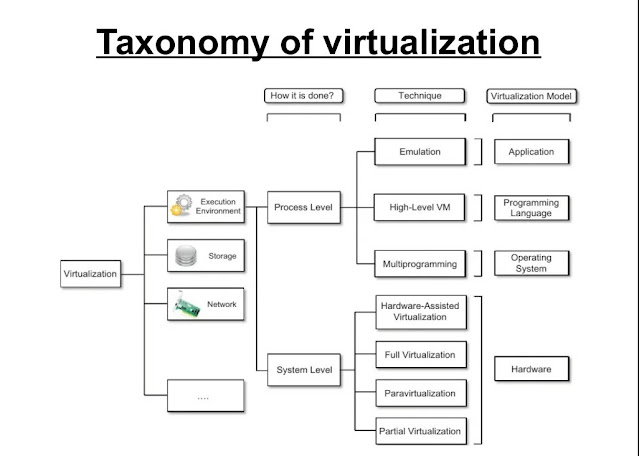Explain BAYESIAN CLASSIFICATION.
BAYESIAN CLASSIFICATION
Bayesian classification is a probabilistic approach to learning and inference based on a different view of what it means to learn from data, in which probability is used to represent uncertainty about the relationship being learned. Before we have seen any data, our prior opinions about what the true relationship might be are expressed in a probability distribution. After we look at the data, our revised opinions are captured by a posterior distribution. Bayesian learning can produce the probability distributions of the quantities of interest, and make the optimal decisions by reasoning about these probabilities together with observed data.
Bayesian classification uses the Bayes theorem to predict the occurrence of any event. Bayesian classifiers are the statistical classifiers with the Bayesian probability understandings. The theory expresses how a level of belief, expressed as a probability. Bayes theorem came into existence after Thomas Bayes who first utilized conditional probability to provide an algorithm that uses evidence to calculate limits on an unknown parameter.



Comments
Post a Comment